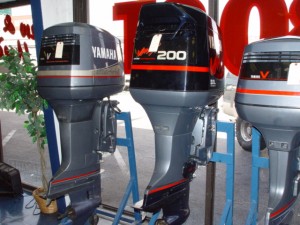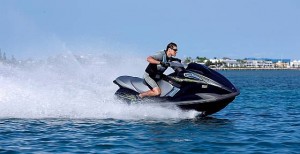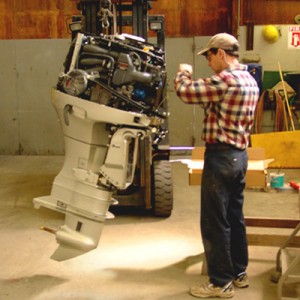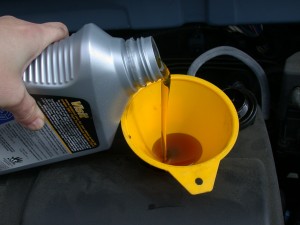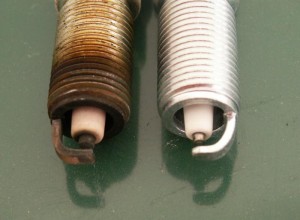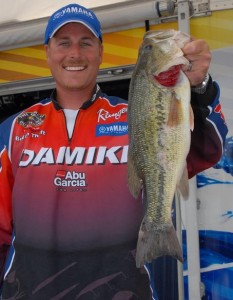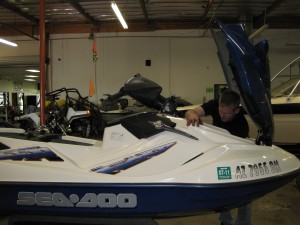Changing Oil in a Yamaha Wolverine
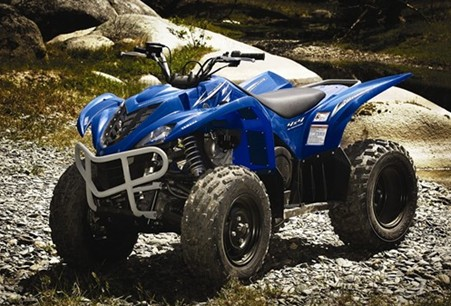 The Yamaha Wolverine 350 is an all terrain vehicle (ATV). It is powered by a four-stroke, air-cooled, single overhead cam engine. Every six months or every 160 hours of operation – whichever comes first – the oil needs to be changed. Fortunately, conducting an oil change on a Wolverine is not too difficult.
The Yamaha Wolverine 350 is an all terrain vehicle (ATV). It is powered by a four-stroke, air-cooled, single overhead cam engine. Every six months or every 160 hours of operation – whichever comes first – the oil needs to be changed. Fortunately, conducting an oil change on a Wolverine is not too difficult.
Simply warm up the engine to get the oil flowing, then turn it off and place a drain pan under the engine. Take off the oil filler cap, remove oil drain bolt, and allow the oil to drain out into the pan. Reinstall the oil drain bolt and refill the engine with two and one third quarts of Yamalube. Put the oil filler cap back on and you’re good to go!


